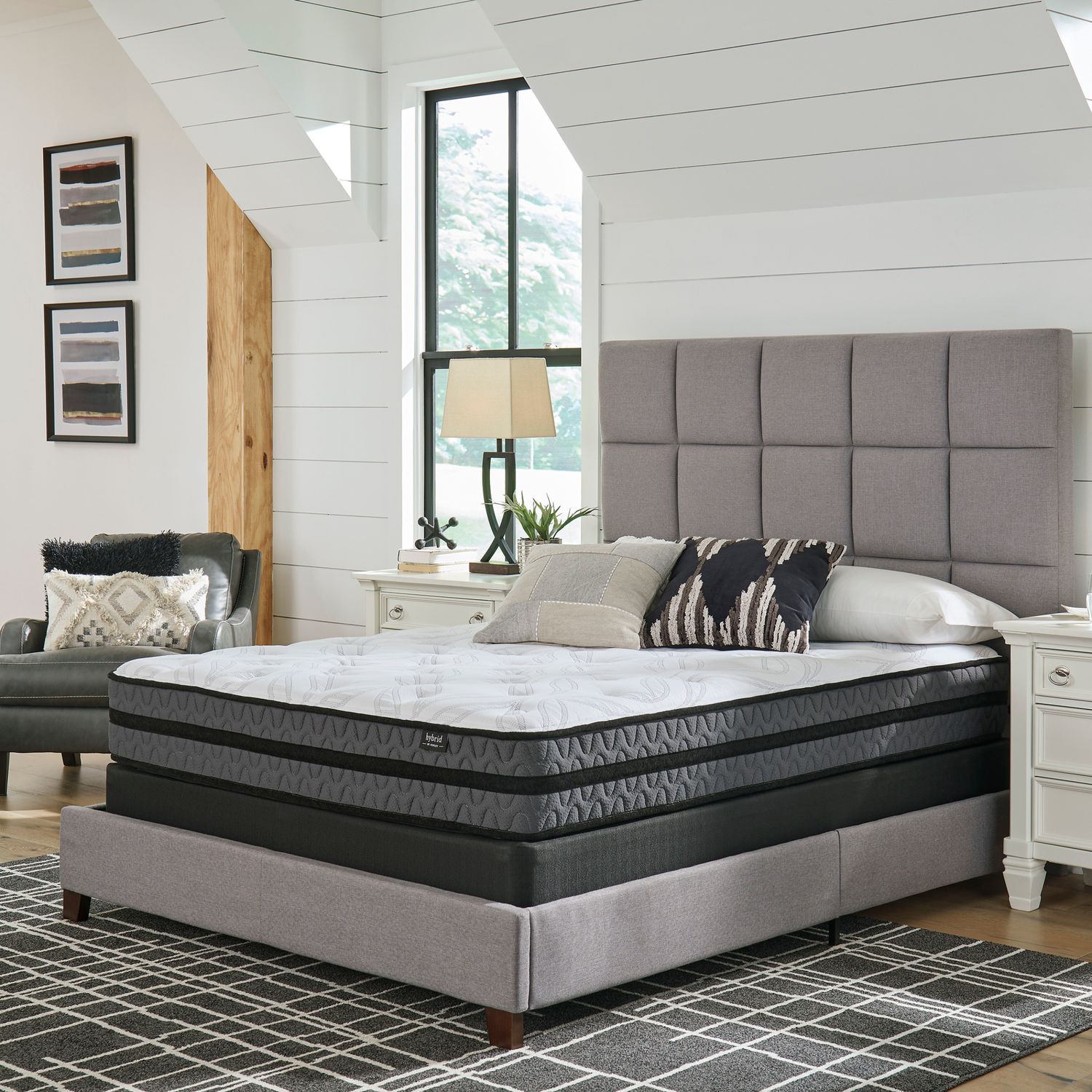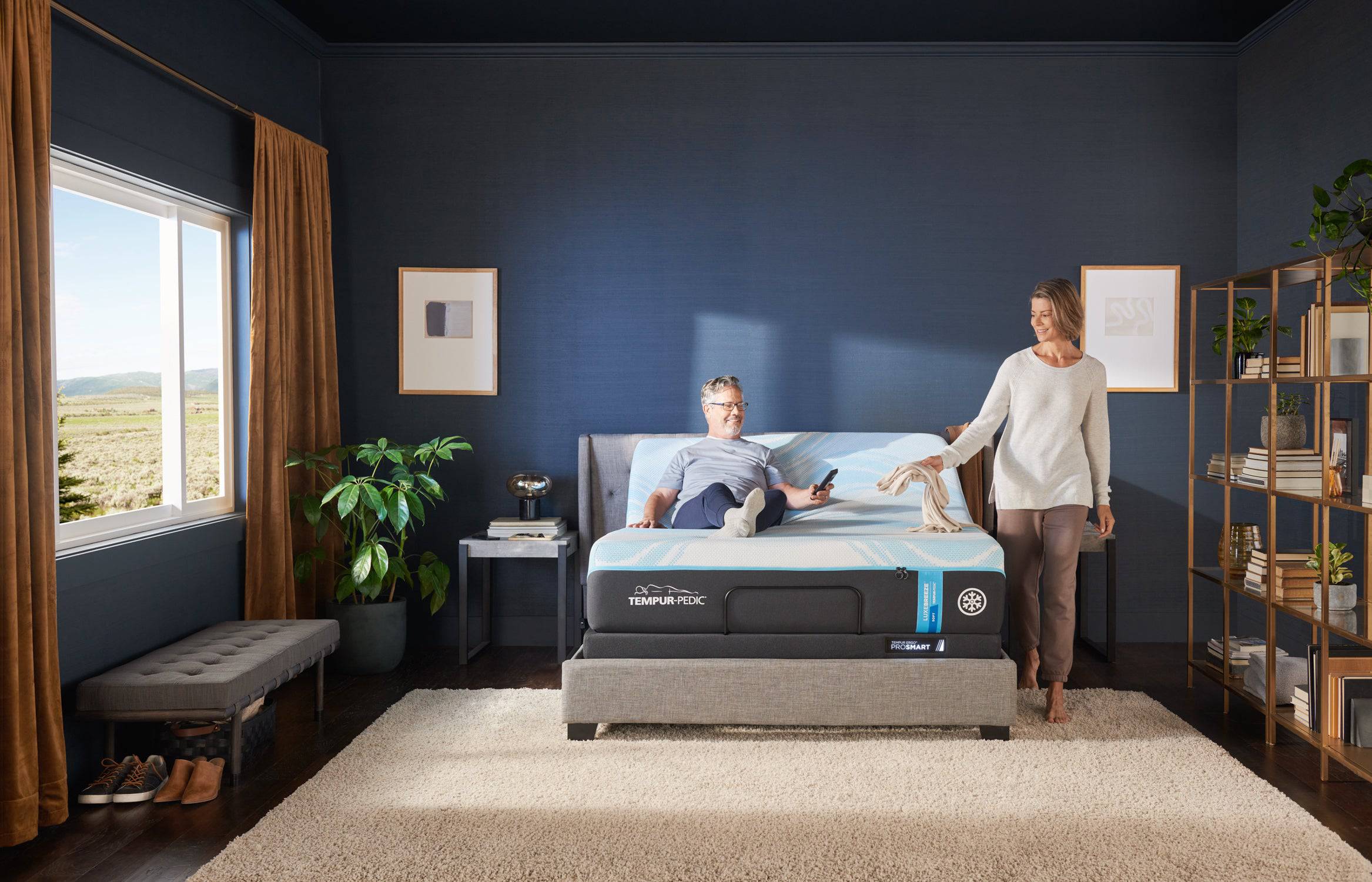All Categories
Featured
When enhancing a home, selecting the right furnishings design plays an important duty in shaping the ambiance of a space. Two of the most prominent furnishings designs are standard and contemporary, each with its unique qualities.
Conventional Furnishings: Traditional furniture embraces ornate layouts, intricate carvings, and timeless kinds inspired by past historical durations. Standard furniture has a formal, sophisticated appearance, and the emphasis is on great craftsmanship.
![]()
Conventional Furniture: Standard furniture is understood for its use of rich, top quality products such as strong wood, natural leather, and natural textiles. Pieces are commonly built from woods like cherry, oak, or mahogany, which are thoroughly crafted to produce complex information and finishes. Standard furnishings finishes have a tendency to be refined and dark, giving pieces a sense of weight and deluxe. Upholstery usually features abundant materials like brocade, velour, or silk, which add to the opulence and comfort of typical styles.
Traditional Furniture: Typical furniture frequently utilizes deeper, richer colors that evoke a sense of heat and elegance. Earthy tones like deep browns, burgundies, golds, and woodland greens are typically seen in standard furnishings. These shades add a sense of comfort and splendor to the space. Additionally, patterns are often utilized in standard furniture, such as floral prints, red stripes, or damask, including deepness and texture to the space's layout.
![]()
Traditional Furniture: While convenience is vital in conventional furniture, it is not always the primary emphasis. Standard furnishings highlights deluxe and sophistication, commonly featuring cushioned seating and thick furniture.
![]()
Typical Furnishings: Traditional furnishings has a tendency to stand apart much more in a room due to its luxuriant and classic style aspects. It functions well in even more official setups, such as a timeless living room, a research, or an eating space. While it can be mixed with modern elements for an upgraded appearance, typical furnishings normally maintains its very own identification and can feel leading within an area. This design commonly grows in large, magnificent spaces with a feeling of splendour.
Traditional Furniture: Conventional furnishings is built to last and never heads out of style. Its traditional styles have actually stood up to the test of time, and the quality of products and craftsmanship make certain that these pieces are passed down with generations. For home owners trying to find withstanding, ageless furnishings that retains its worth and charm, conventional items are a terrific financial investment. The durability and workmanship of traditional furnishings guarantee that it preserves its sophistication and appeal for several years.
Final thought. Inevitably, the option in between traditional and modern furnishings comes down to your personal preferences and the kind of ambience you want to produce in your house. Contemporary furniture is sleek, practical, and adaptable to current fads, while conventional furnishings is timeless, lavish, and concentrated on detailed information. By understanding the vital differences between these two designs, you can much better curate a home that shows your preference, lifestyle, and the ambiance you want.
- Layout and Forming. Contemporary Furniture: Contemporary furniture is known for its streamlined, minimalist layouts that prioritize simplicity and capability. Modern furnishings can combine elements from various periods, making it extremely functional.
Conventional Furnishings: Traditional furniture embraces ornate layouts, intricate carvings, and timeless kinds inspired by past historical durations. Standard furniture has a formal, sophisticated appearance, and the emphasis is on great craftsmanship.

- Products and Finishes. Contemporary Furnishings: Contemporary furniture makes use of a varied range of materials, consisting of timber, glass, steel, acrylic, and in some cases leather. While contemporary furnishings does consist of wood, the products tend to be lighter and less ornate compared to traditional pieces.
Conventional Furniture: Standard furniture is understood for its use of rich, top quality products such as strong wood, natural leather, and natural textiles. Pieces are commonly built from woods like cherry, oak, or mahogany, which are thoroughly crafted to produce complex information and finishes. Standard furnishings finishes have a tendency to be refined and dark, giving pieces a sense of weight and deluxe. Upholstery usually features abundant materials like brocade, velour, or silk, which add to the opulence and comfort of typical styles.
- Shade Palette. Contemporary Furnishings: Contemporary furnishings accepts neutral, underrated shades, with tones like white, grey, black, and beige typically featured. The color palette in contemporary furniture is usually kept basic to permit various other layout elements to radiate, developing a cohesive and balanced area.
Traditional Furniture: Typical furniture frequently utilizes deeper, richer colors that evoke a sense of heat and elegance. Earthy tones like deep browns, burgundies, golds, and woodland greens are typically seen in standard furnishings. These shades add a sense of comfort and splendor to the space. Additionally, patterns are often utilized in standard furniture, such as floral prints, red stripes, or damask, including deepness and texture to the space's layout.
- Comfort and Performance. Contemporary Furniture: Functionality is a main element of modern furnishings. Contemporary furnishings likewise tends to have less embellishment, which allows it to blend perfectly right into different types of spaces without overpowering the room.

Traditional Furniture: While convenience is vital in conventional furniture, it is not always the primary emphasis. Standard furnishings highlights deluxe and sophistication, commonly featuring cushioned seating and thick furniture.
- Design Combination. Contemporary Furnishings: Contemporary furniture is developed to fit with the patterns of the moment, and therefore, it works well in minimal and modern-day spaces. It blends easily with a variety of indoor layout styles, from mid-century modern-day to industrial and Scandinavian. Because contemporary furnishings accepts simplicity, it can also be incorporated with even more typical items to produce an eclectic look. Its flexibility enables it to work well in open-plan layouts and even more compact space.

Typical Furnishings: Traditional furnishings has a tendency to stand apart much more in a room due to its luxuriant and classic style aspects. It functions well in even more official setups, such as a timeless living room, a research, or an eating space. While it can be mixed with modern elements for an upgraded appearance, typical furnishings normally maintains its very own identification and can feel leading within an area. This design commonly grows in large, magnificent spaces with a feeling of splendour.
- Durability and Timelessness. Contemporary Furnishings: Contemporary furnishings, as a result of its link to present design trends, can occasionally really feel dated as fads advance. Nonetheless, its clean, minimal visual and use top notch products typically guarantee it remains appropriate for numerous years, particularly when it concentrates on classic modernist components. While modern furnishings may not have the same historic weight as typical pieces, it can still stand the test of time via its convenience and continuous adjustment to brand-new trends.
Traditional Furniture: Conventional furnishings is built to last and never heads out of style. Its traditional styles have actually stood up to the test of time, and the quality of products and craftsmanship make certain that these pieces are passed down with generations. For home owners trying to find withstanding, ageless furnishings that retains its worth and charm, conventional items are a terrific financial investment. The durability and workmanship of traditional furnishings guarantee that it preserves its sophistication and appeal for several years.
Final thought. Inevitably, the option in between traditional and modern furnishings comes down to your personal preferences and the kind of ambience you want to produce in your house. Contemporary furniture is sleek, practical, and adaptable to current fads, while conventional furnishings is timeless, lavish, and concentrated on detailed information. By understanding the vital differences between these two designs, you can much better curate a home that shows your preference, lifestyle, and the ambiance you want.
Latest Posts
Flat Roofing system vs. Sloped Roofing system: Which is Finest for Your Home?
Published Apr 02, 25
1 min read
Trusted Eye Center South - Local LASIK Assessment: Unlock Crystal-Clear Vision Today.
Published Apr 02, 25
1 min read
Premier Eye Care South - Eye Specialist for Retina Health: Specialized Care Nearby.
Published Apr 02, 25
1 min read
More
Latest Posts
Flat Roofing system vs. Sloped Roofing system: Which is Finest for Your Home?
Published Apr 02, 25
1 min read
Trusted Eye Center South - Local LASIK Assessment: Unlock Crystal-Clear Vision Today.
Published Apr 02, 25
1 min read
Premier Eye Care South - Eye Specialist for Retina Health: Specialized Care Nearby.
Published Apr 02, 25
1 min read